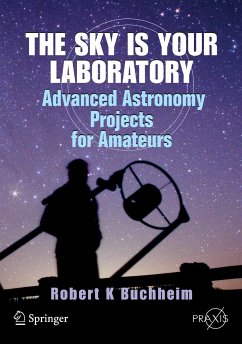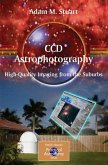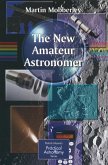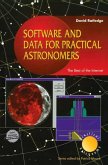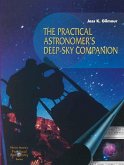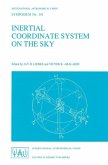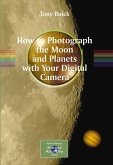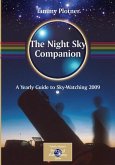Dieser Download kann aus rechtlichen Gründen nur mit Rechnungsadresse in A, B, BG, CY, CZ, D, DK, EW, E, FIN, F, GR, HR, H, IRL, I, LT, L, LR, M, NL, PL, P, R, S, SLO, SK ausgeliefert werden.
"Amateur astronomers have a proud tradition of contributing worthwhile scientific observations, stretching right back to Victorian times. ... If you have been in the hobby for a few years and now want to specialise, this book is for you. The author explains every chosen subject in reasonable depth and a lot of technical work has gone into the 297 pages. The coverage is accurate ... ." (Martin Mobberley, BBC Sky at Night, November, 2007)
"Buchheim gives amateurs the essentials to do real science, not simply science projects. ... The book is amply illustrated with diagrams, and the text's tone is pleasantly conversational. ... Although Buchheim set out to write this book for amateurs, it should also be of interest to students and teachers who wish to pursue real-science with equipment that may already be available on campus." (Jennifer Birriel, Sky & Telescope, December, 2007)
"Many amateur astronomers have equipment powerful enough to make significant contributions to research. ... The present book outlines eighteen worthwhile projects for the amateur. ... There is a clear and detailed description of the principles behind the evaluation of signal-to-noise and warnings against the many insidious errors which can creep in. ... The book's outstanding quality is the infectious enthusiasm of the writing. It is highly recommended." (Derek Jones, The Observatory, Vol. 128 (1203), 2008)

